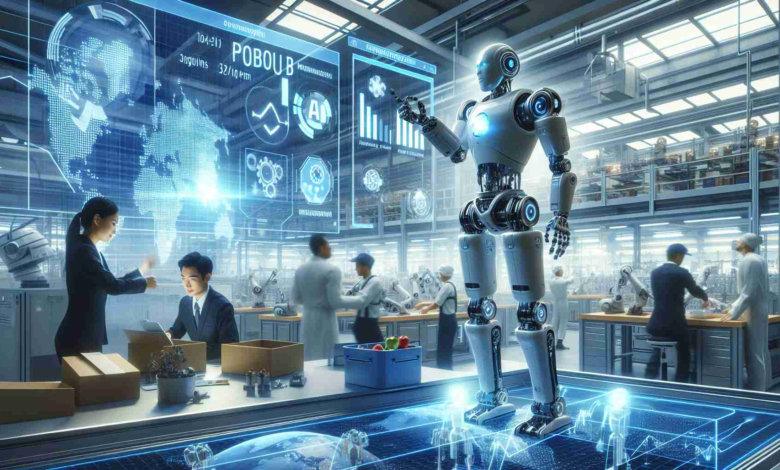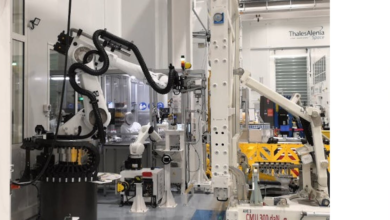The Future Impact of Robotics on the Global Workforce and Economy

A New Era of Advancements: Recent studies have delved into the potential effects of robotics and automation on the global economy and job market. The rise of robotics is poised to revolutionize productivity and spur worldwide growth, though it may also lead to job displacement and exacerbate income inequality.
Dual Perspectives: Researchers have explored the dual nature of this technological shift, highlighting the risks posed by widespread automation alongside the potential for robots to complement human labor. It is crucial to implement forward-thinking policies that harness the benefits of technology for the betterment of society as a whole.
Economic Disparities: A significant portion of jobs worldwide – approximately 40% – are at risk of automation, with more pronounced consequences for advanced economies compared to emerging markets. While automation presents new opportunities for growth, it also underscores existing disparities between nations.
Impact on Employment: The adoption of robotics is expected to impact around 60% of jobs in advanced economies, potentially leading to wage discrepancies and challenges for older workers adapting to changing technologies. Younger individuals may find it easier to explore new job prospects in this evolving landscape.
Addressing Inequality: There are growing concerns that robotics could exacerbate wealth disparities and widen the income gap within societies. Governments must prioritize social safety nets and job retention programs to shield vulnerable workers from the negative effects of automation and promote inclusivity.
The Call for Action: The International Monetary Fund has emphasized the importance of developing a robust framework to navigate the challenges posed by automation. Countries such as Singapore, the United States, and Denmark have demonstrated readiness in adopting innovative strategies and regulatory frameworks to integrate robotics effectively.
Looking Ahead: In the face of rapid technological advancements, emerging economies and developing nations must focus on enhancing digital infrastructure and cultivating a skilled workforce adept in digital technologies to ensure a smooth transition into the era of automation.
Additional Insights and Facts:
– The global robotics market is projected to exceed $150 billion by 2025, indicating the rapid pace at which automation is being adopted across industries.
– Countries like Japan and South Korea are at the forefront of integrating robots into various sectors, showcasing the potential benefits and challenges associated with widespread automation.
– Automation not only impacts traditional manufacturing roles but also extends to service industries such as healthcare, retail, and transportation, reshaping the nature of work across diverse sectors.
– The development of artificial intelligence (AI) alongside robotics is expected to further enhance the capabilities of automated systems, paving the way for greater efficiency and innovation.
Key Questions:
1. How can governments and businesses collaborate to ensure that automation leads to net job creation rather than displacement?
2. What role can education and upskilling initiatives play in preparing the workforce for a future dominated by robotics and AI?
3. Are there ethical considerations that need to be addressed regarding the use of robots in sensitive or decision-making roles?
Challenges and Controversies:
– One major challenge is the potential loss of jobs, particularly for low-skilled workers, leading to concerns about widespread unemployment and social upheaval.
– There is a debate surrounding the ethical implications of robots replacing human labor, with concerns about dehumanization of work and the impact on personal well-being.
– The question of regulatory oversight and accountability in the deployment of robotics remains contentious, with calls for clearer guidelines to ensure the ethical and responsible use of automation technologies.
Advantages and Disadvantages:
– Advantages: Increased productivity, cost efficiency, improved safety in hazardous environments, enhanced precision in manufacturing processes, and the potential for job creation in new tech-related roles.
– Disadvantages: Job displacement, income inequality, potential societal disruptions, challenges in retraining displaced workers, ethical dilemmas, and the need for robust regulatory frameworks to manage the transition.
Related Links:
– International Monetary Fund: Explore insights on economic policies and global trends related to automation.
– Robotics Online: A platform for information on the latest developments in the robotics industry and its impact on various sectors.



